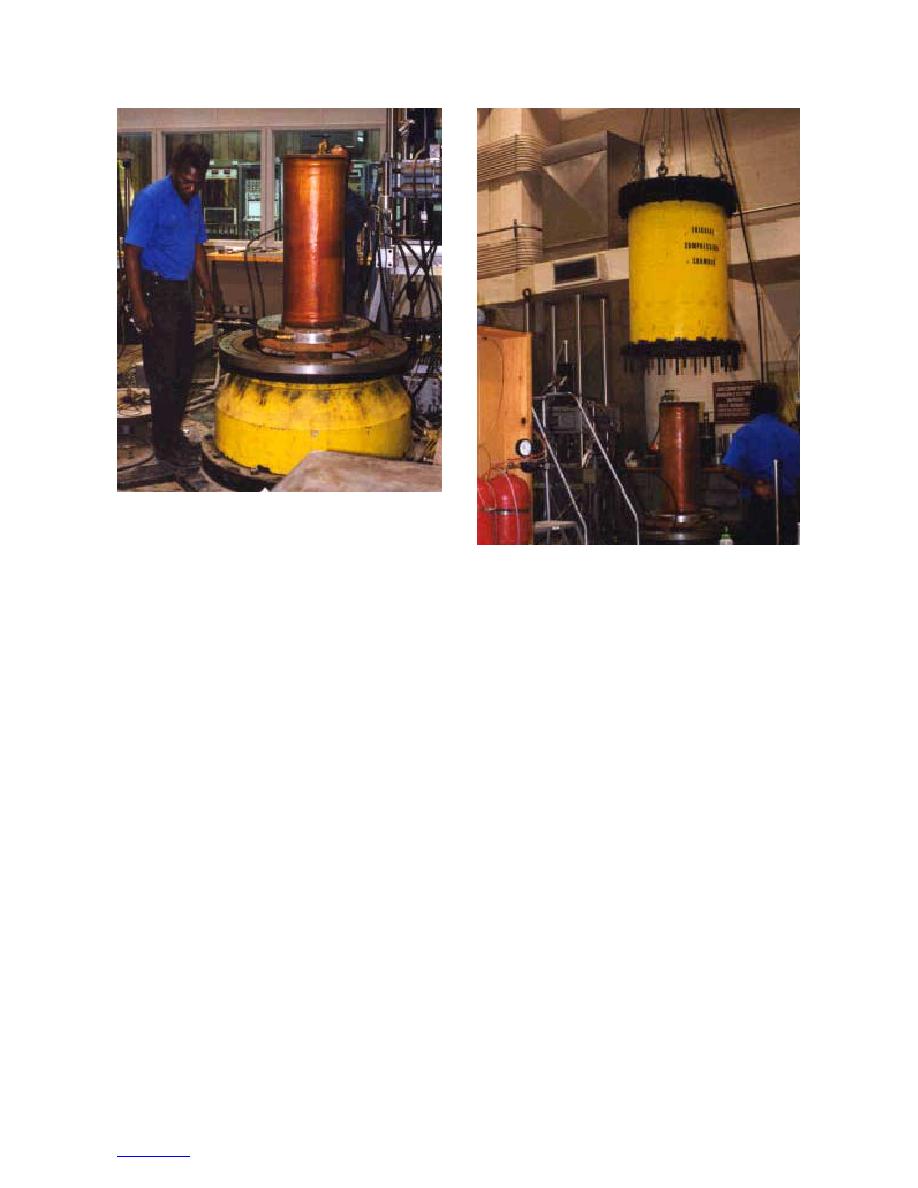
Figure 10. Test specimen prior to chamber place-
ment.
In general, the testing procedures followed AASHTO
Figure 11. Placement of triaxial chamber around test
Designation TP46-94, "Standard Test Method for Deter-
specimen.
mining the Resilient Modulus of Soils and Aggregate
Materials: Table 2. Testing Sequences for Base/Sub-
the sample. A real-time analysis of the data was con-
base Materials." Three modifications should be noted,
ducted (a computer-generated plot of axial deformation
however. First, the top and bottom platens of the triax-
versus the square root of time was obtained) as the data
ial apparatus were rigidly connected to the hydraulic
were recorded to ensure that an asymptotic state was
actuator and the load cell using threaded rods. Second,
obtained due to the applied loading history.
the 21-kPa confining pressure phase of the resilient
After the conditioning phase was completed, three
modulus test was not conducted because of concern that
axial loading histories each for confining pressures of
the cyclic load plus the "overburden" weight of soil
69 kPa, 103 kPa, and 138 kPa were conducted. At the
end of each history, which consisted of 100 cycles of
above the bottommost portion of the specimen could
axial load, the rebound response of each specimen was
cause failure of the specimen during the resilient modu-
monitored and recorded for five minutes. Upon comple-
lus test. Third, the 34.5-kPa confining pressure phase
tion of resilient modulus test phases, chamber pressure
of the resilient modulus test was conducted following
was reduced to 34.5 kPa. At the conclusion of the resil-
the 138-kPa confining pressure phase. Again, there was
concern that a failure could occur during the 34.5-kPa
ient modulus test, a deformation- (or displacement-) rate-
resilient modulus test. The modified testing sequence
controlled shear test was conducted. Strain rate was about
used for the test program is shown in Table 5.
1% per minute. For the initial series of resilient modulus
tests, the confining pressure during the shear phase was
Each resilient modulus loading phase consisted of
34.5 kPa. For the replicate series of tests, confining pres-
applying a cyclic (deviator) stress (a haversine wave)
sure during the shear phase was 69 kPa.
for a duration of 0.1 s followed by a rest period of 0.9 s,
during which a contact stress was maintained on the
Following the completion of each test, the specimen
specimen. For each loading history, the contact stress
was removed from the triaxial chamber and dried in an
oven at 110C to obtain the post-test water content and
was 10 percent of the maximum axial (deviator) stress
and the cyclic stress was 90 percent of the maximum
dry weight of soil. After these data were obtained, a post-
axial stress. The first phase of the resilient modulus test
test sieve analysis was conducted on each specimen fol-
consisted of the conditioning phase. During this phase,
lowing the procedures described earlier.
A similar series of tests was conducted on a 150-mm-
1000 cycles of load (a contact deviator stress of 10 kPa
diameter and 300-mm-height sample. However, material
plus a cyclic deviator stress of 93 kPa) was applied to
8



 Previous Page
Previous Page
